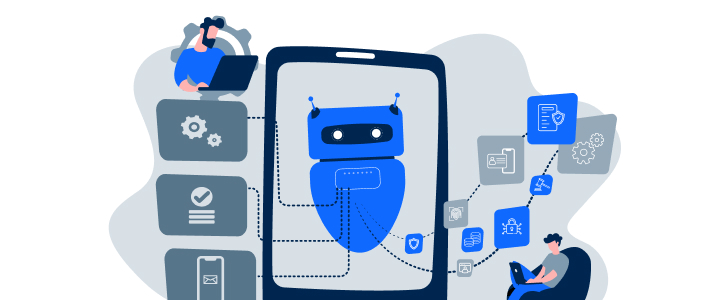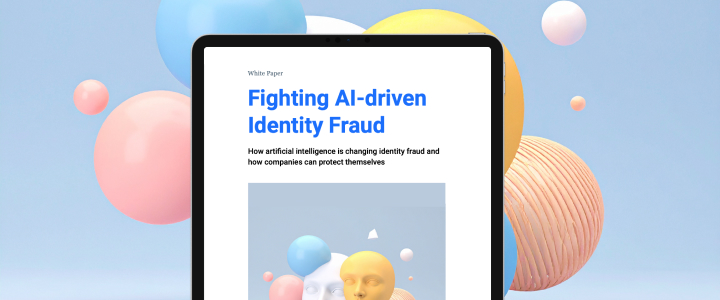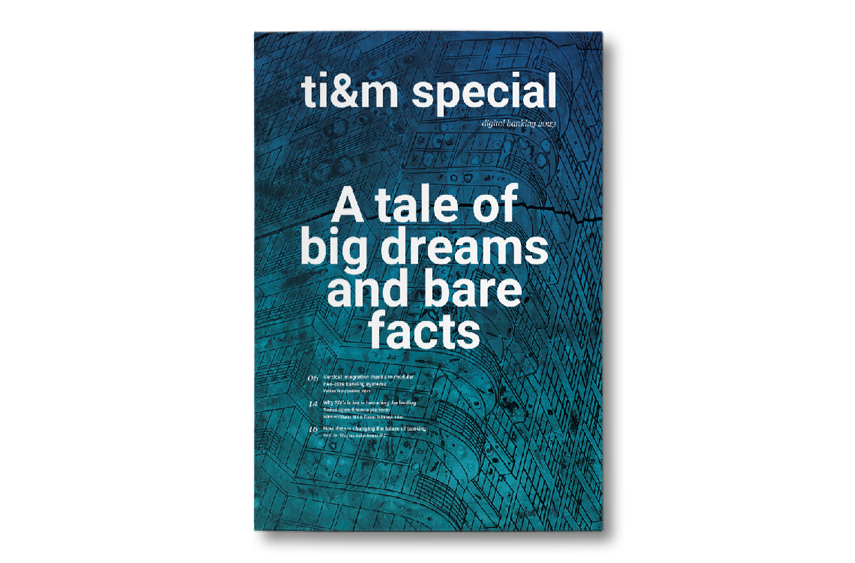Skills shortage: Why the right job ads and female role models matter
Diversity and inclusion // According to the Swiss Job Market Monitor at the University of Zurich, IT occupations come out on top in the Swiss skills shortage index. The banking sector as a whole is also experiencing a shortage of skilled workers, as indicated by a survey of executives in the financial sector. Solutions such as strategic diversity and inclusion management are needed if banks want to keep their competitive edge and retain their capacity for innovation.
Women are a rarity among IT specialists. Social conditioning and traditional concepts of roles continue to influence the professions and courses of study that girls and boys choose, with the result that the pool of talent in the STEM segment remains overwhelmingly limited to male employees. In order for more girls and women to choose a “non-gender-typical” job or course of study, what’s needed in particular are positive (female) role models and targeted support for young women in the field. School events where employees present their chosen occupation, company-organized hackathons, and job shadowing provide the opportunity to spark an interest in IT among talented young women as well and pave the way for tangible insights into the diverse nature of this field. If banks want to attract talent, they need to not only “solicit” young talent but also step up their efforts to appeal to female talent and present themselves as an attractive employer. One example is taking the targeted step of involving female role models in networking functions or events to create opportunities for in-person contact with external talent. Likewise, female role models can be given a platform at specialist lectures so they can share their expertise or discuss their career path. Banks can provide preparatory training and supporting tools to help women feel comfortable as role models.
The right job advertisement: Making a big impact with the right word
When advertising a position, banks should use this as an opportunity to catch the attention of women and underrepresented groups. Studies show that using gender-inclusive language in job advertisements helps women feel the advertisements are also directed at them, so they are more likely to apply. Another key factor when it comes to tapping into a more diverse pool of talent is to explicitly highlight any options for flexible work, such as remote working, flexible working hours, or part-time and job sharing opportunities. Potential candidates have to be made aware of the option to organize their careers in a flexible way from the start of the recruitment process, and this should already be discussed in the interview. How many of your job advertisements explicitly mention the opportunity to arrange work in a flexible way that takes personal needs into account? When it comes to expanding a company’s external pool of talent, this year’s St. Gallen Diversity Benchmarking for the banking industry 2022 makes it clear that there’s potential waiting to be tapped here: Last year, Switzerland’s banks only awarded nine percent of all newly appointed positions as part-time roles working less than 80 percent. Banks are also placing a clear focus on young talent – only 24 percent of new hires are people aged 40 or older.
Inclusive talent management – retaining employees and furthering their development
Retaining and developing internal talent become an even bigger focus in situations where it simply isn’t possible to recruit skilled workers because there is a shortage on the job market. Studies show that good talent management has a positive impact in terms of boosting employees’ loyalty to the company, especially when the talent management approach is perceived to be fair and accessible to all employees.
Who do you consider to be talent? Who has access to talent management offerings such as mentoring, career discussions, skills training, and leadership programs? Given the shortage of skilled workers, banks should take a close look at their definition of talent – and move away from focusing on the few top individuals such as high potentials or graduates, and toward the view that all employees are talented individuals with potential, that is, toward an inclusive definition of talent. The St. Gallen Diversity Benchmarking 2022 indicated that there is potential in this area, because most banks place a clear focus on high potentials or university graduates. In addition, many of the banks taking part in the benchmarking have talent pools specifically for women. This is intended to place a targeted focus on identifying and promoting (future) female candidates for higher management or leadership positions and to increase the (currently low) percentage of women in these positions. When it comes to other underrepresented groups such as racial and ethnic minorities or LGBTQI+, on the other hand, there are hardly any such programs.
Talent management activities should be specifically geared towards retaining and developing their (future) employees, based on an inclusive understanding of talent. This means banks should continually invest in their employees and promote the development of their skills and careers. If activities like these are offered in a transparent way to all employees, development discussions are regularly and consistently conducted, and the specialist and leadership skills of a wide range of talented individuals are promoted in a targeted manner, banks will be able to utilize the existing potential offered by their employees to better effect and counter the shortage of skilled workers over the long term. And they will also boost inclusion in the process – the aim of which is to create conditions and a company culture that foster appreciation and a sense of belonging among all employees, regardless of their age, gender, or educational background. Together with a wide range of talented individuals, inclusion is the key for motivated and happy employees – and for successful talent management.
Countering the shortage of skilled workers with diversity and inclusion
Diverse terms prove to be especially successful and adaptable in times of far-reaching changes in particular. How well are you making use of the potential of all the talent at your disposal? How effectively are you promoting this talent? By taking part in the St. Gallen Diversity Benchmarking, you can create an objective basis for formulating and measuring your D&I goals and gain an understanding of where your company stands in comparison to its peers.
For further information, visit diversitybenchmarking.ch







